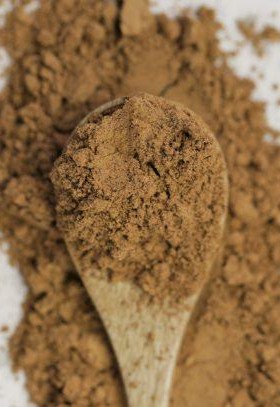-

Melamine Formaldehyde Dispersant Uses
What is Melamine Formaldehyde (MF)? Melamine formaldehyde is a thermosetting resin made by combining melamine (a nitrogen-rich compound) with formaldehyde. It forms a hard, durable material when cured, but in its liquid or partially polymerized form, it can act as a dispersant by stabilizing and evenly distributing particles in a mixture. Primary Uses of Melamine…
-

Pigment Dispersant MF
Pigment Dispersant MF is a widely used chemical compound that helps spread and stabilize tiny solid particles, like pigments or dyes, in liquids such as water. It’s popular in industries like paints, textiles, ceramics, and more because it makes products look better and manufacturing easier. What is Pigment Dispersant MF? Pigment Dispersant MF, sometimes called…
-

Dispersant MF for Dyes
What is Dispersant MF? Dispersant MF, short for Methylnaphthalene Sulfonate Formaldehyde Condensate, is a chemical widely used in the textile industry, especially for dyeing fabrics. It’s a dark brown powder that dissolves easily in water, even in challenging conditions like acidic or alkaline solutions or hard water (water with high mineral content). Chemically, it’s an…
-

Electroplating additive NNO
Dispersing Agent NNO, also known as the sodium salt of naphthalene sulfonate formaldehyde condensate, is a widely used chemical additive in electroplating and other industrial applications. This compound, often appearing as a brown powder, plays a critical role in enhancing the quality and efficiency of metal plating processes. What is NNO? NNO is a chemical…
-

Dispersant NNO – Carbon black dispersant
What is Dispersant NNO? Dispersant NNO is a chemical helper, officially called the Sodium Salt of Naphthalene Sulfonate Formaldehyde Condensate (CAS 36290-04-7). Think of it like a super organizer that keeps tiny particles, like carbon black, from clumping together in liquids. It’s a light yellow to brownish powder (sometimes small granules) that dissolves easily in…
-

Dispersant NNO – Pigment Dispersion Agent
What is Dispersant NNO? Dispersant NNO is a chemical used to help tiny pigment particles mix evenly into liquids, like water or other solutions, without clumping together. Think of it like a referee in a crowded game, keeping the pigment particles separated and spread out so they can do their job properly—whether that’s adding vibrant…
-

Dispersant NNO for Cement
What is Dispersant NNO? Dispersant NNO, or Sodium Naphthalene Sulfonate Formaldehyde Condensate, is a chemical additive used in cement and concrete to make them easier to work with and stronger. It’s a type of anionic surfactant, which means it has a special molecular structure that helps it interact with cement particles in a way that…
-

Dispersant NNO for textile dyeing
Dispersant NNO, chemically known as the sodium salt of naphthalene sulfonic acid formaldehyde condensate, is a widely used anionic surfactant in the textile industry, particularly for dyeing processes. It plays a critical role in ensuring high-quality dyeing results, especially when working with synthetic fibers like polyester, nylon, or acetate, as well as natural fibers like…
-

Water-reducing agent NNO
Water-reducing agent NNO, also known as Dispersing Agent NNO or Naphthalene Sulfonate Formaldehyde Condensate, is a widely used chemical compound prized for its ability to improve the performance of materials in industries like construction, textiles, dyes, detergents, and more. This compound, with the chemical formula C21H14Na2O6S2 and CAS number 36290-04-7, is a water-soluble anionic surfactant…
